In 2021, I was in Berlin – four times. Once we visited the Villa Liebermann and the House of the Wannsee Conference in the Berlin area Heckesdorn bordering the Wannsee.
The Max Liebermann Villa – charming country house in a lush garden
Max Liebermann was a painter. He lived from 1847-1935. He belonged to the secessionists of Berlin taking their lead in 1898.
On the border of the Wannsee, in the settlement Alsen, Liebermann acquired land in 1909 to build his cosy villa as a summer residence. Here he spent his summers painting the garden and his family.
The villa in the lush garden is open to the public. It is a museum that presents some of Lieberman’s paintings as a well as changing special exhibitions.
Behind the house, vegetables are cultivated. It is now a mid-September garden.
Bordering the Wannsee, there is a meadow with shady trees. It invites to have a rest. A flower garden behind the hedge allows for small promenades.
Chairs in the meadow indicate that the visitors have accepted the invitation to have a rest.
The weeping willow near the landing stage waves in the wind.
The willow and the birch trees take up the shape of the empty sailboat masts.
This is how Liebermann painted his birch trees facing the Wannsee in his garden.
We return to the villa to visit the museum inside.
This is the scene in an open-air restaurant on the shore of the Havel presented in the permanent exhibition.
The current special exhibition is devoted to portrait photos that Gerty Simon took from known personalities. One example is Käthe Kollwitz.
I am touched by the fate of Gerty Simon: From Germany, she emigrated to Great Britain, was arrested in the Second World War for being German and acquired the British citizenship after the Second World War.
The Wannsee Conference of 1942 – impressive presentation of the extremely gloomy breakfast
At the request of Göbbels, Heydrich invited various governmental leaders to the former Villa Marlier for a work meeting with breakfast. Their task was to coordinate the efforts between various governmental institutions to organize transferring the Jews to the east, primarily to Poland. The invitation letter makes me shiver: It reflects, how diligently the second layer of the ministers obeys the orders of their superiors, even such horrible orders. And how carelessly they combine this disaster with having breakfast together.
What happened to the conference participants after 1942? Five members died before 1945 (whereby one of them disappeared; perhaps he escaped). Four members were sentenced or died before 1948. They were prosecuted due to their entire role in the destruction process, not just due to the participation in the conference. Four more members were arrested and released later. Together with other proponents, they lived a “normal” life after that.
Eichmann wrote the minutes. His case was spectacular. He escaped to Argentina, was found by the Mossad, transferred to Israel and sentenced here in 1962.
On Thursday 20th of January, I find an article about the Wannsee Conference in “my” NZZ (Neue Zürcher Zeitung), as the conference had occurred exactly 80 years ago. Frank Bajohr, a German historian specializing in the Holocaust, describes the – also in my opinion – dystopic setup: Representatives of the government discuss how to kill millions of people and they do so in the relaxed atmosphere of a breakfast. However, Bajohr says, this conference was not a key event for the Holocaust; the second level ministers at this conference did not make decisions nor were they the primary drivers. But the minutes written by Eichmann are a major key document illustrating what was going on then. The House of the Wannsee Conference has a similar iconic quality, says Bajohr, as Auschwitz.
After our visit, I watch a group of young students discussing their impressions with the teacher; their faces express grief. I hope and I do wish that all this grief prevents such horribleness in future.
The Lion of Flensburg – the manifestation of victories and defeats in the 19th century
It is evening now. We have a drink at Bolle near the boat harbour – my brother-in-law checks, at what prices boats can be hired here.
The copy of the Lion of Flensburg watches over this Wannsee boat harbour. It tells the history of victories and defeats.
The Danes created the Lion of Flensburg, after having vanquished Schleswig-Holstein in 1850. In 1864, the German Federation vanquished the Danes and confiscated their lion. In 1865, a copy of the Lion was produced for the then new settlement Alsen, today part of the Wannsee district. Since 1938, the copy of the Lion of Flensburg has stood here watching over the Wannsee boat harbour. After 1945, the original Lion of Flensburg was returned to the Danes by the Americans.
Good-bye, severe lion, may be one of us will return soon to rent a boat in “your” harbour.
Sources:
- https://liebermann-villa.de/ (Homesite of the Max-Liebermann-Gesellschaft)
- Wikipedia entry for the Wannsee Konferenz https://de.wikipedia.org/wiki/Wannseekonferenz.
- Plates and explanations in the Villa Liebermann, in the house of the Wannsee Konferenz and attached to the lion of Flensburg.
- Frank Bajohr, “Besprechungszweck: Massenmord”, Neue Zürcher Zeitung 20.01.2022


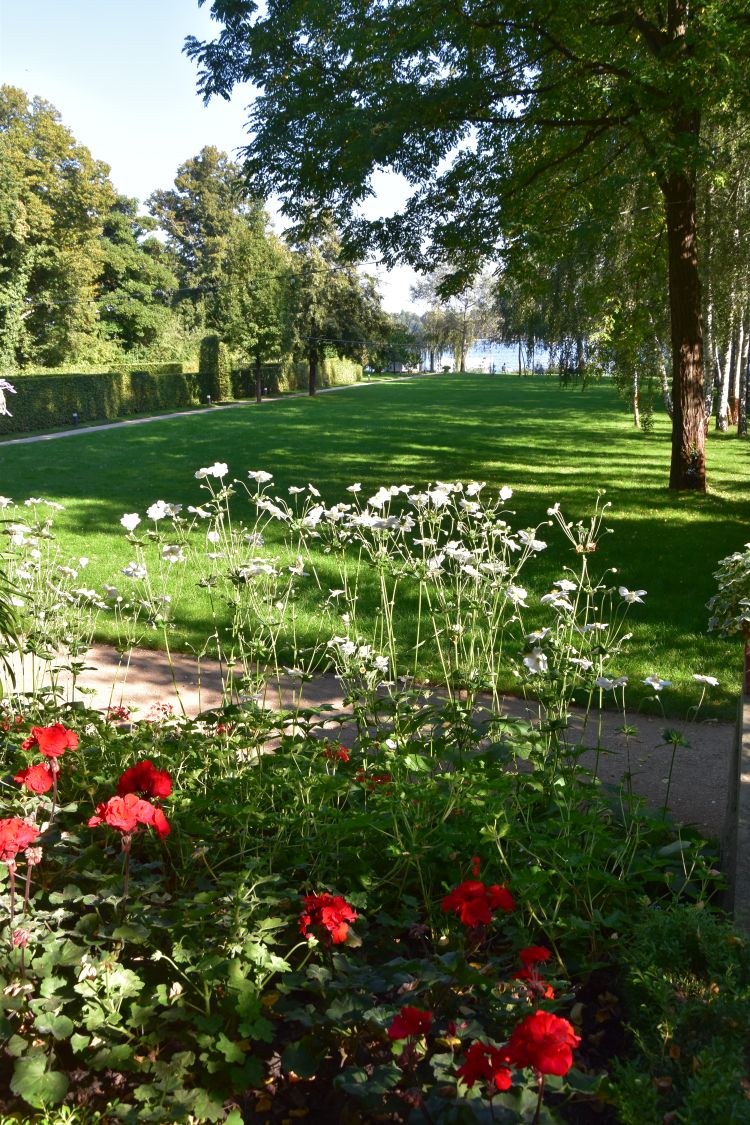


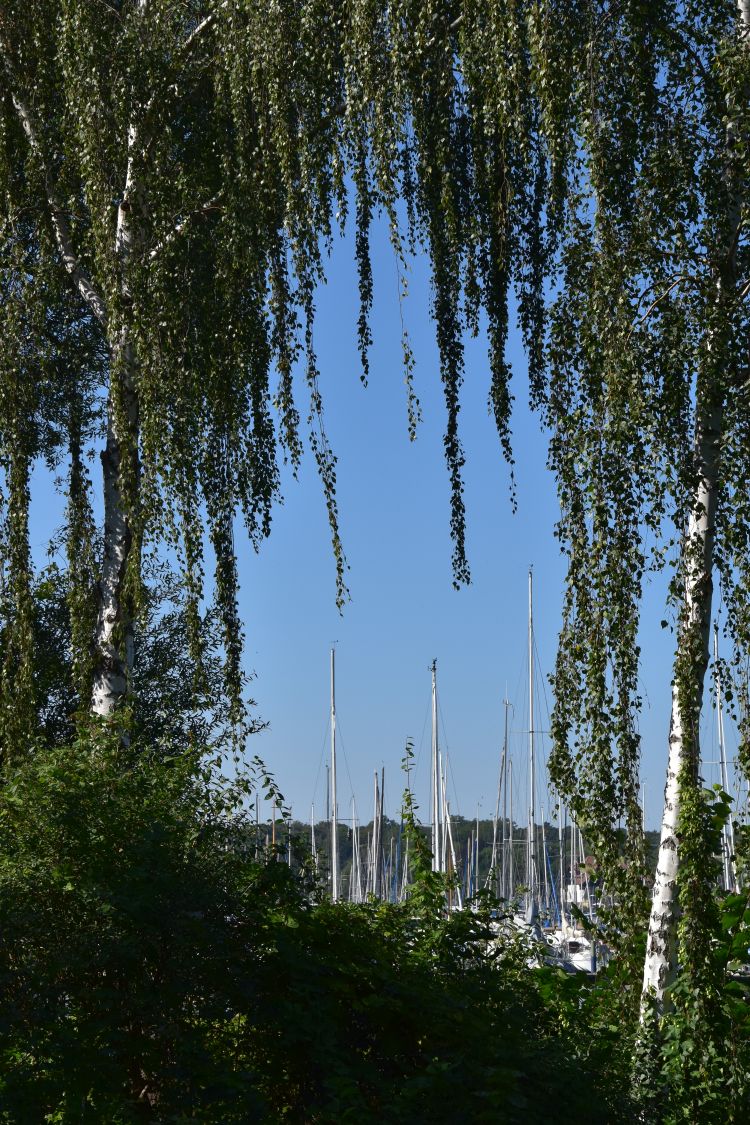
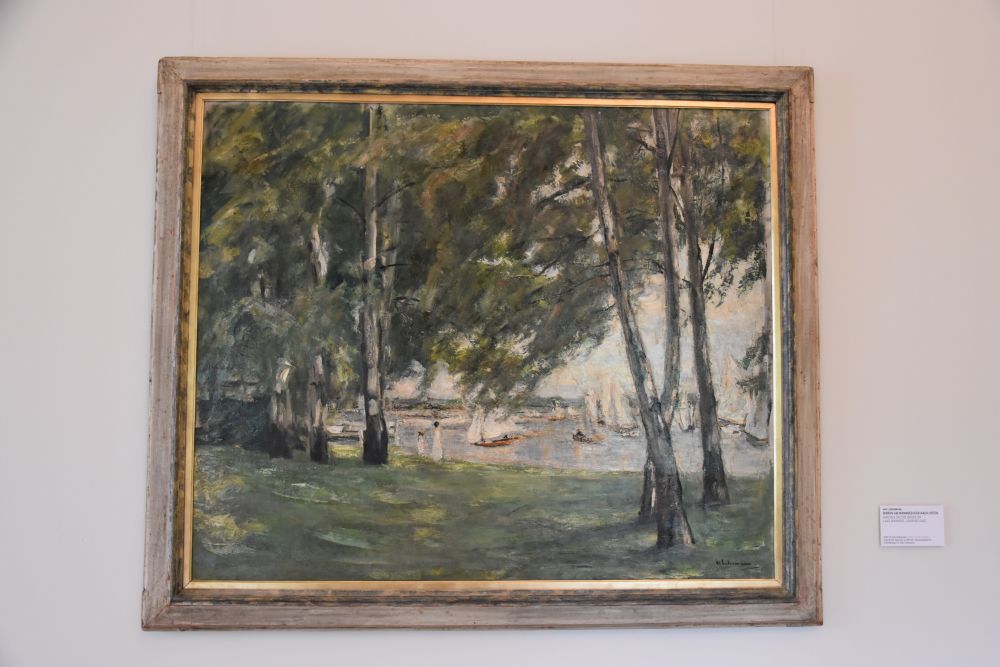
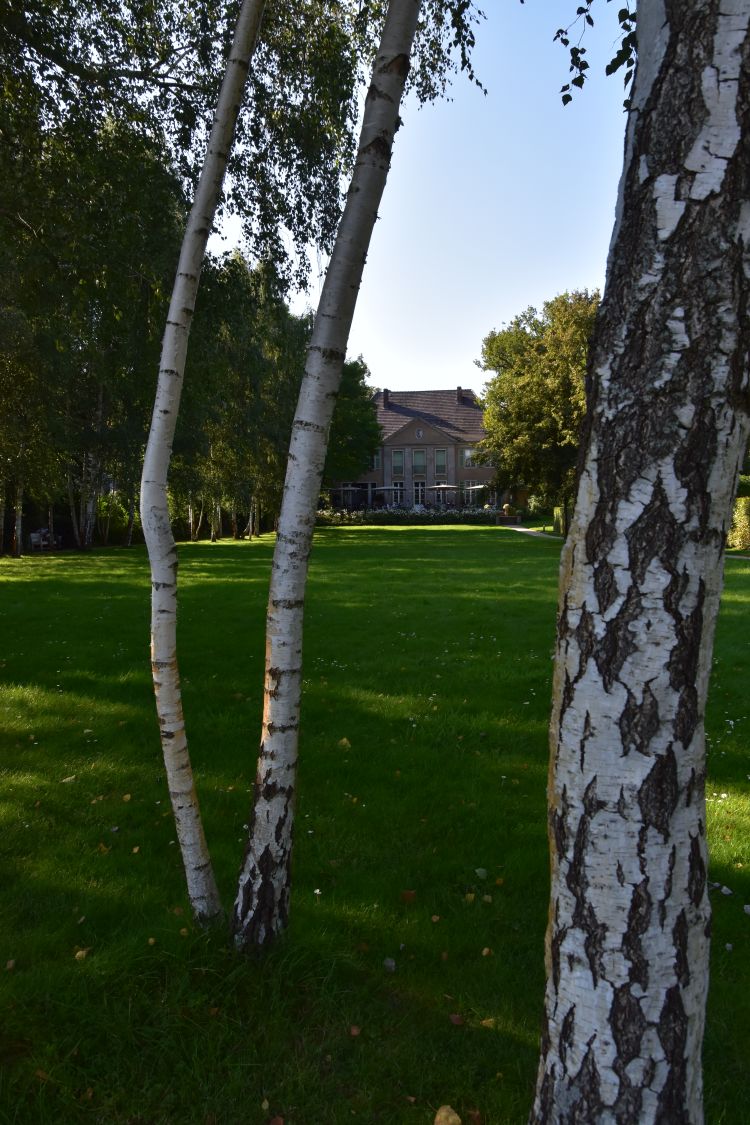
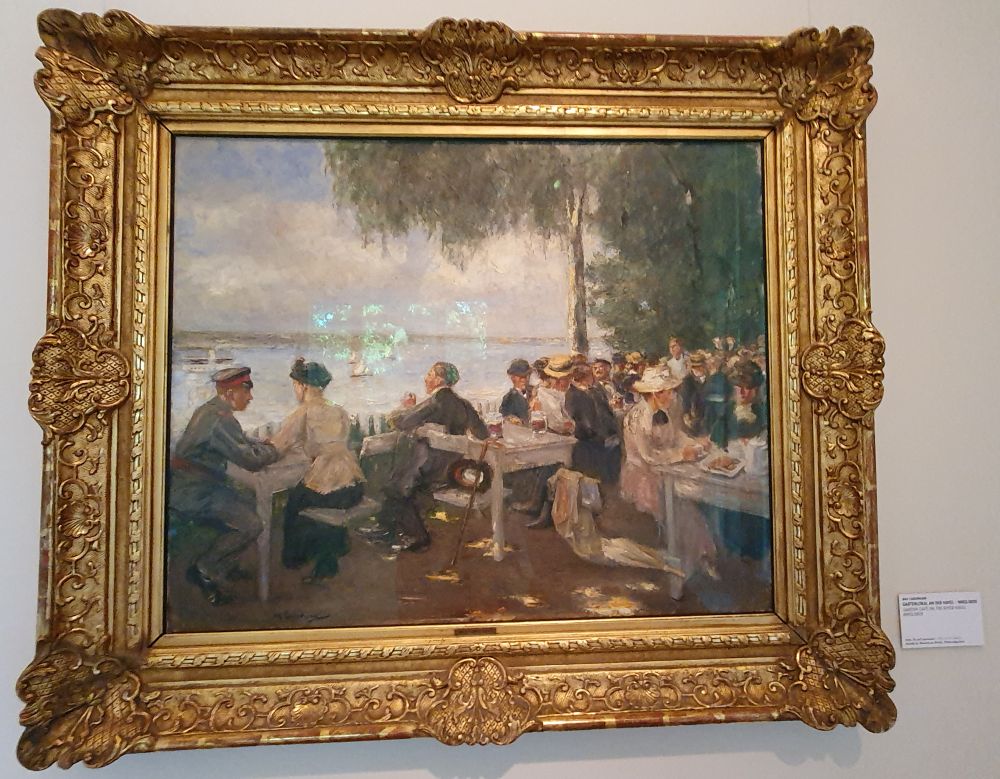
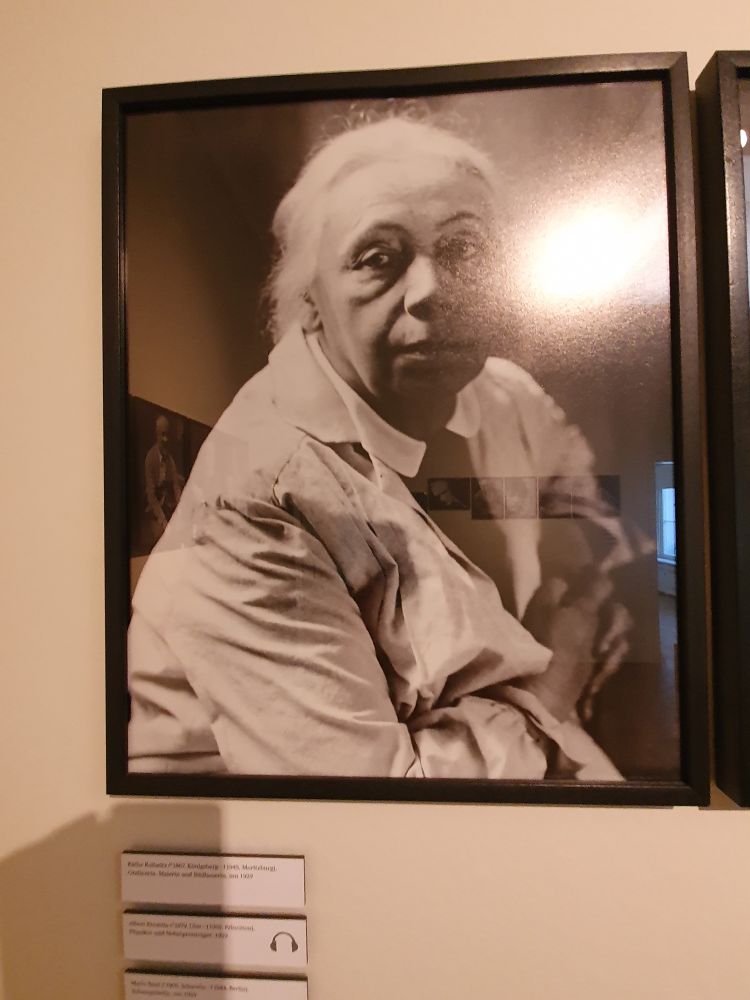
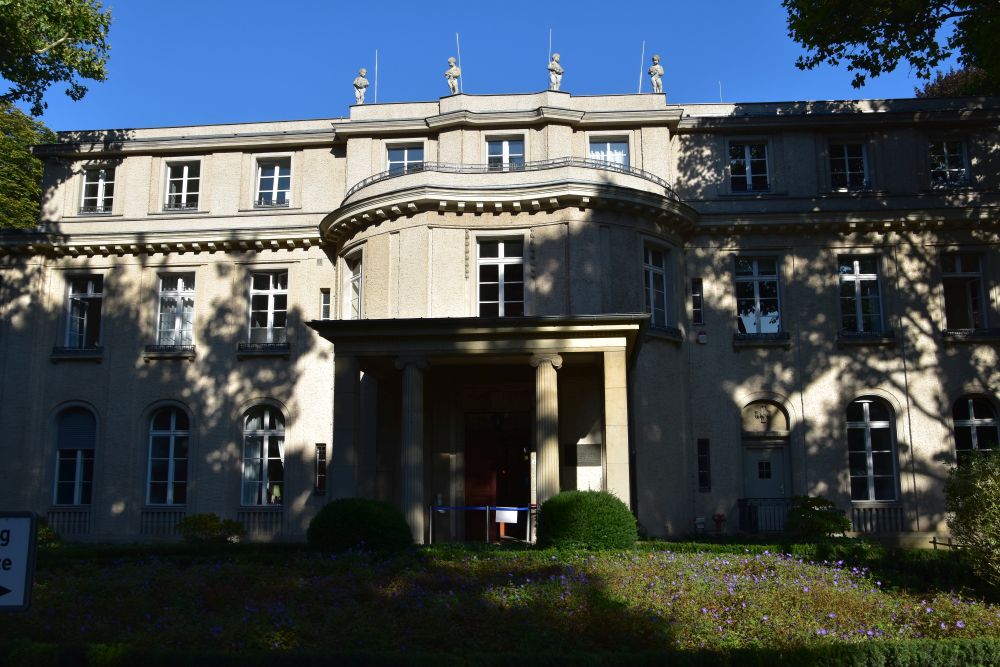


Chilling juxtaposition of beauty and evil.
Thank you, yes, I agree. What about meeting in a restaurant, say at Neuwiller? Petra
Liebe Petra Wie immer interessant mit sehr stimmungsvollen Fotos. Danke und liebe Grüsse Elisabeth
Von: Petra Peters Gesendet: Sonntag, 6. Februar 2022 19:52 An: robo49@breitband.ch Betreff: [New post] Berlin: Liebermann Villa and House of Wannsee Conference
peterspetra posted: ” In 2021, I was in Berlin – four times. Once we visited the Villa Liebermann and the House of the Wannsee Conference in the Berlin area Heckesdorn bordering the Wannsee. The Max Liebermann Villa – charming country house in a lush garden Max Lie”